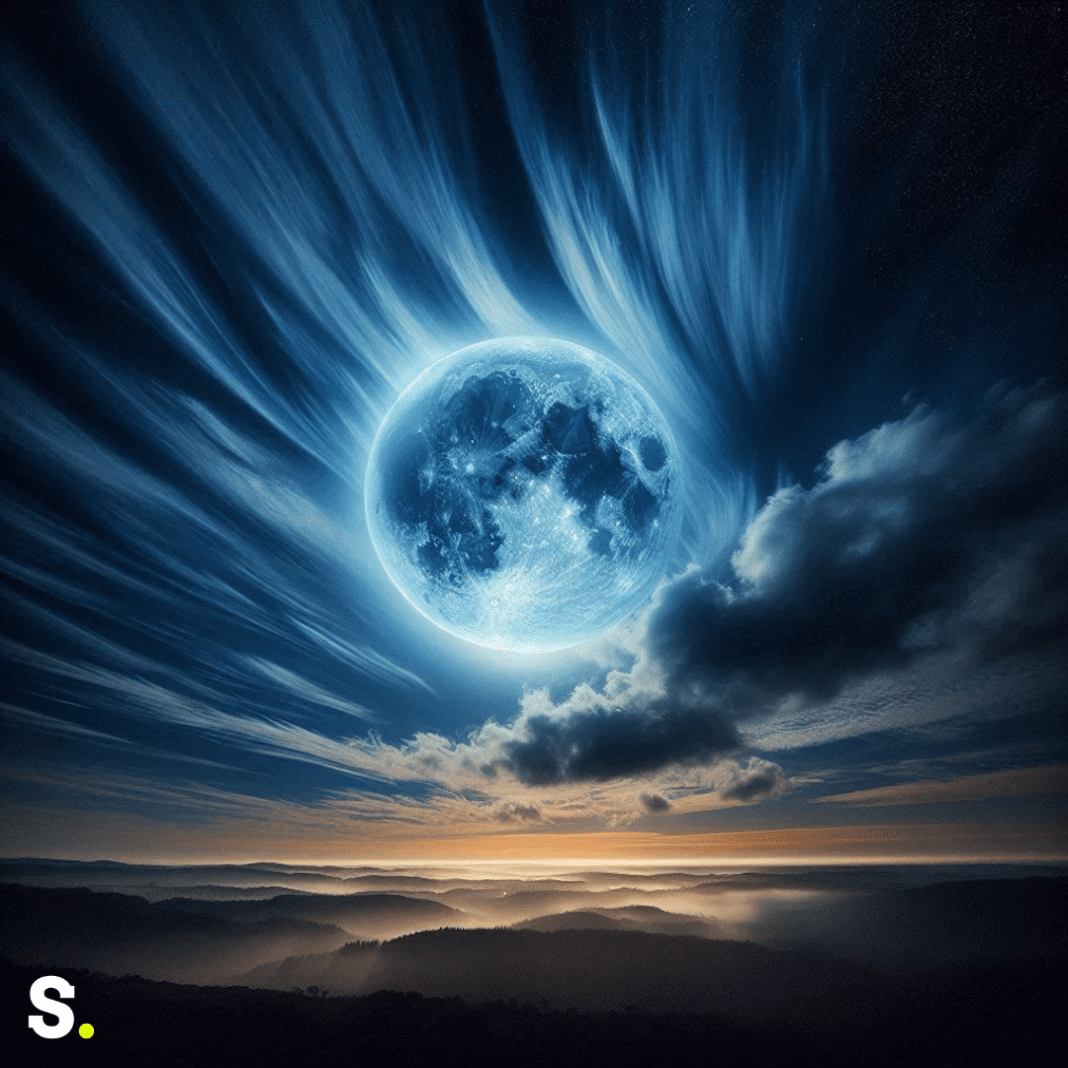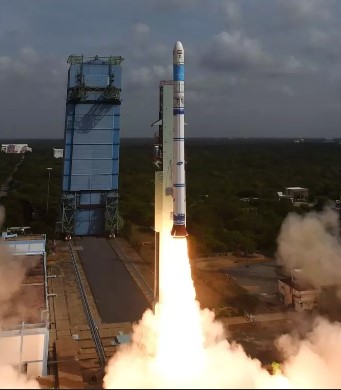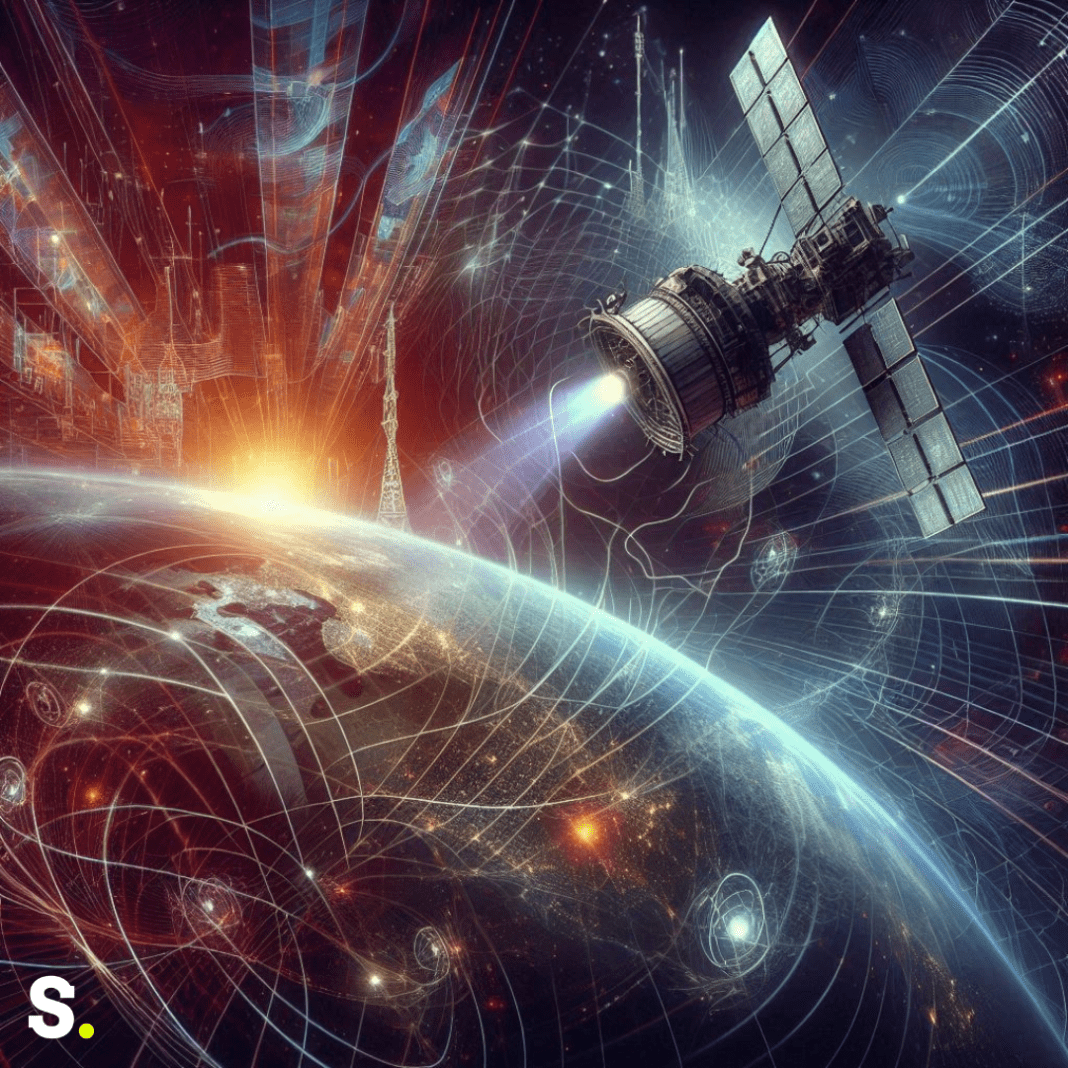On Monday, August 19, a rare celestial event will grace the skies, bringing excitement to stargazers and moon enthusiasts alike. This event is known as the Supermoon Blue Moon, and it promises to be a spectacle that you won’t want to miss. But what exactly makes this event so special, and why is it causing so much buzz?
What is a Supermoon Blue Moon?
To understand the rarity of this event, it’s important to break down the two terms that make up its name: “Supermoon” and “Blue Moon.”
A Supermoon occurs when the Moon is at its closest point to Earth during its orbit, making it appear larger and brighter than usual. This happens because the Moon’s orbit is not a perfect circle but rather an ellipse, meaning that its distance from Earth varies throughout the month. When the full Moon aligns with this closest approach, known as perigee, it’s called a Supermoon. A supermoon, as defined by NASA, happens when the Moon is 90% of the way to Earth’s closest point.
The term Blue Moon is a bit more complex and actually has two different definitions. Traditionally, a Blue Moon refers to the third full Moon in a season that has four full Moons. This is known as a seasonal Blue Moon. However, a more modern and widely accepted definition refers to the second full Moon in a single calendar month. This is called a monthly Blue Moon. The modern definition arose from a misunderstanding of the traditional one but has since become widely accepted as an alternative meaning.
Combining these two phenomena gives us a Supermoon Blue Moon, a rare event where a full Moon is both at its closest approach to Earth and either either the second full Moon in a calendar month or the third full Moon in a season containing four full Moons. This unique combination is what makes the event so special.
The Timing of the Supermoon Blue Moon
The Supermoon Blue Moon on August 19, 2024, will officially reach 100% fullness at 2:26 p.m. EDT (1826 GMT). This particular Supermoon Blue Moon falls under the seasonal Blue Moon definition, as it is the third full Moon in a season that has four full Moons. After this, we won’t see another Supermoon Blue Moon (under the seasonal definition) until August 20, 2032.
For those who follow the monthly Blue Moon definition, the next Supermoon Blue Moon will occur on January 31, 2037, at 10:03 a.m. EST (1403 GMT). This means that while Supermoon Blue Moons are rare, their frequency depends on which definition you follow.
In 2024, there will be four Supermoons in total, occurring on August 19, September 17, October 17, and November 15. The closest Supermoon of the year will take place on October 17 at 7:26 a.m. EDT (11:26 a.m. GMT), when the Moon will be at its nearest point to Earth.
Why You Shouldn’t Miss This Event
Supermoon Blue Moons are not just a treat for the eyes but also a fascinating phenomenon that highlights the intricacies of our lunar cycle. The Moon will appear larger and brighter in the sky, making it a perfect opportunity for skywatchers to observe its surface details. The Moon’s increased brightness during a Supermoon can make it easier to spot features like craters and seas, even with the naked eye.
For those interested in photography, this event offers a chance to capture stunning images of the Moon. The larger apparent size and increased brightness make it an ideal subject for lunar photography. Whether you’re using a professional camera or just your smartphone, the Supermoon will provide a fantastic opportunity to capture the beauty of the night sky.
After Monday’s full Moon, the next chance to witness a Supermoon, according to the seasonal definition, won’t be until 2032. This makes it a truly special event that many won’t want to miss. Even if you can’t catch the Moon at its fullest on August 19, it will still appear nearly full on the nights before and after, giving you multiple opportunities to enjoy this celestial spectacle.
As the Moon shines brightly in the sky on August 19, take a moment to look up and appreciate the wonder of our closest celestial neighbor. The Supermoon Blue Moon is a reminder of the beauty and complexity of the universe we live in, and it’s an event that connects us all as we gaze up at the same sky.
The Supermoon Blue Moon on August 19, 2024, marks a rare and fascinating event in our night sky. This unique combination of a Supermoon and a Blue Moon, according to the seasonal definition, won’t happen again until 2032. Whether you’re a seasoned stargazer or just someone who enjoys the beauty of the night sky, this event is one that you won’t want to miss. The Moon will still appear full on the nights before and after August 19, so there’s plenty of time to enjoy this stunning celestial show.




